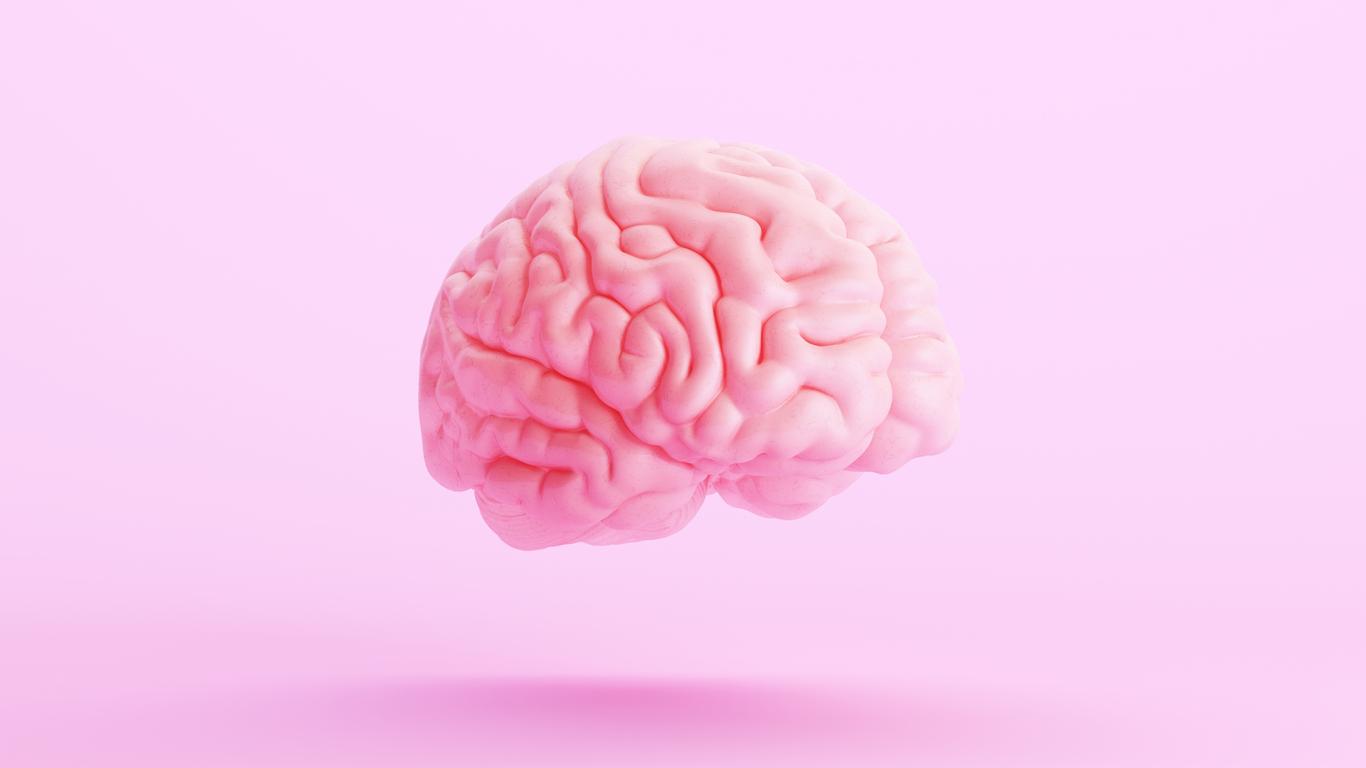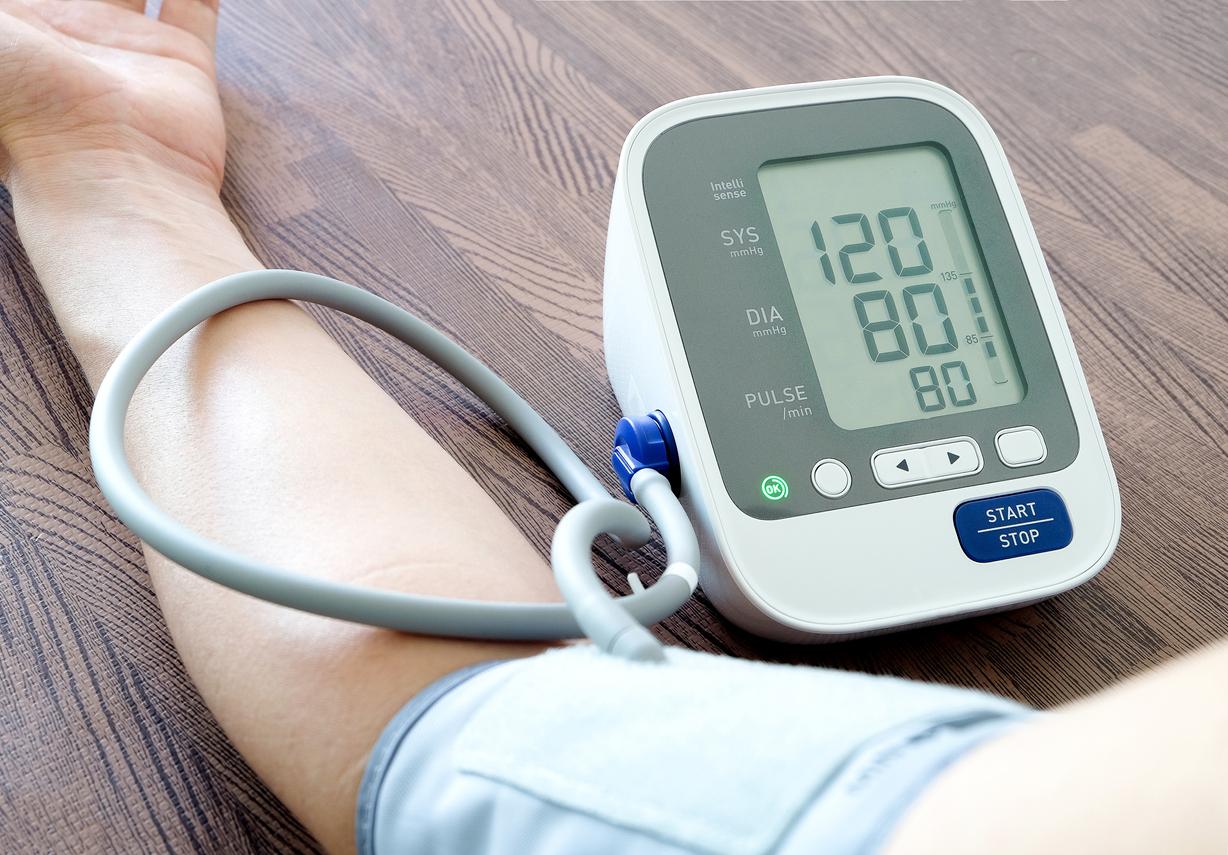People under 50 with higher than average blood pressure have a higher risk of developing widespread brain damage later in life, a new study reveals.

- Researchers have linked high diastolic pressure, i.e. the blood pressure between heartbeats, in patients under the age of 50 to the onset of brain damage when they are older .
- Called white matter hyperintensities (HSB), these brain lesions are also strongly associated with current systolic blood pressure.
A silent disease because most often asymptomatic, arterial hypertension (HTA) corresponds to an hypertension of the blood on the walls of the arteries. This hypertension stiffens the walls and causes them to age prematurely, which exposes them to a major risk of cardiovascular accidents, in particular myocardial infarction, stroke or kidney failure.
If arterial hypertension appears mostly in people over 65, it can nevertheless develop much earlier, which can ultimately have consequences on cardiovascular risk. A new study, conducted by researchers at the University of Oxford (UK) and published in the European Heart Journal provides information on the long-term damage caused by diastolic hypertension, ie the blood pressure between heartbeats, when it occurs before the age of 50. The latter could cause arterial damage later in life, even if the diastolic blood pressure is in what is normally considered a healthy range.
White matter hyperintensities involved
The research was conducted among 37,041 participants aged 40 to 69 registered with the UK Biobank, and whose medical information, including MRI brain scans, was available.
The focus of the work was to look for brain lesions called “white matter hyperintensities” (HSB), which appear on MRI brain scans as brighter regions and indicate damage to small blood vessels in the brain increasing with age. age and blood pressure. HSBs are associated with an increased risk of stroke, dementia, physical disabilities, depression and reduced thinking skills.
Participant information was collected between March 2006 and October 2010, and follow-up data was acquired between August 2014 and October 2019. The researchers adjusted the information to account for factors such as age, gender, risk factors such as smoking and diabetes, and diastolic and systolic blood pressure. Systolic blood pressure is the maximum blood pressure reached with each beat of the heart and is the highest number in blood pressure measurements.
“To compare the volume of white matter hyperintensities between people and to adjust the analysis for the fact that people’s brain size varies slightly, we divided the volume of HSB by the total volume of white matter in the brain. This way, we were able to analyze HSB load, which is the proportion of HSB volume to total white matter volume.”says Dr. Karolina Wartolowska, who led the study.
Monitor your diastolic pressure from the age of 40
The researchers then found that a higher burden of white matter hyperintensities was strongly associated with current systolic blood pressure, but the strongest association was with past diastolic blood pressure, particularly in those under 50. years. Any increase in blood pressure, even below the usual treatment threshold of 140 mmHg for systolic pressure and below 90 mmHg for diastolic pressure, is linked to an increase in HSB, especially when people were taking medicines to treat high blood pressure.
Each 10 mmHg increase in systolic blood pressure above the normal range increases the proportion of HSB load on average median 1.126 times and 1.106 times for each 5 mmHg increase in diastolic blood pressure.
In the 10% of people with the highest HSB load, 24% of the load could be attributed to systolic blood pressure above 120 mmHg, and 7% to diastolic blood pressure above 70 mmHg. According to the researchers, this means that the incidence of high systolic blood pressure is greater than that of diastolic blood pressure in elderly patients.
“We made two important discoveries. First, the study showed that diastolic blood pressure in people aged 40 and 50 is associated with greater brain damage years later. This means that it is not just systolic blood pressure, the first number, higher, but diastolic blood pressure, the second, lower, which is important in preventing brain tissue damage”points out Dr. Wartolowska.
“The second important finding is that any increase in blood pressure beyond normal is associated with a greater amount of white matter hyperintensities, continues the researcher. This suggests that even a slightly elevated blood pressure before responding treatment criteria for hypertension has an adverse effect on brain tissue.”
These results indicate the need to better prevent white matter hypertension in old age by regularly monitoring diastolic blood pressure from the early forties. “Many people may think that hypertension and stroke are diseases of the elderly, but our results suggest that if we want to keep our brains healthy into our 60s or 70s, we need to make sure our blood pressure , including diastolic pressure, remains in a healthy range when we are in our 40s or 50s”concludes Dr. Wartolowska.

.

















